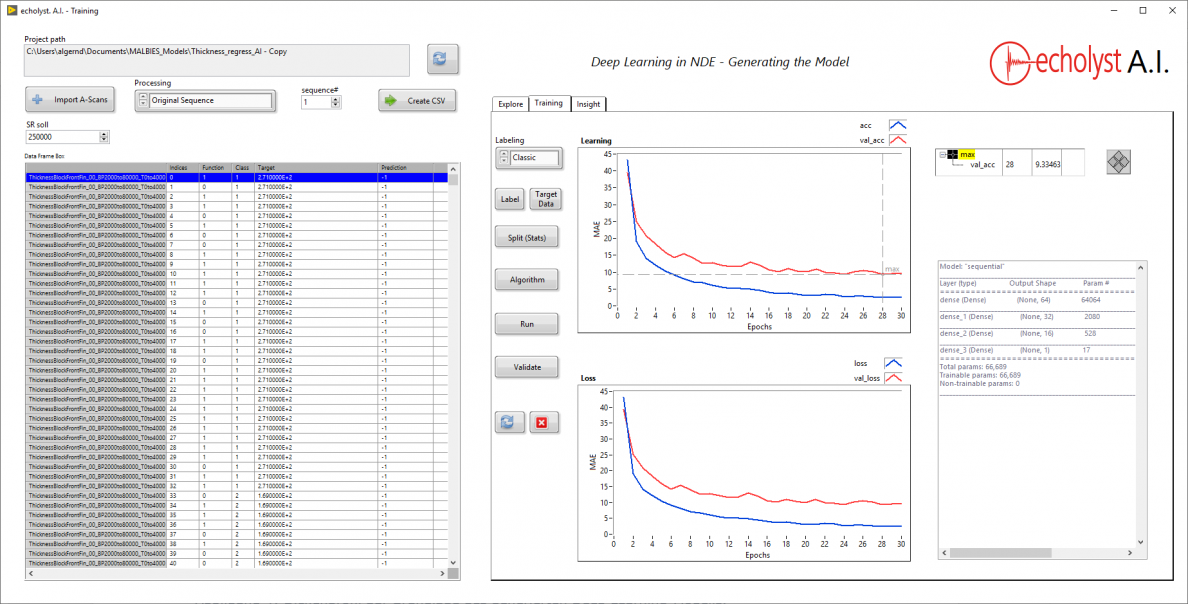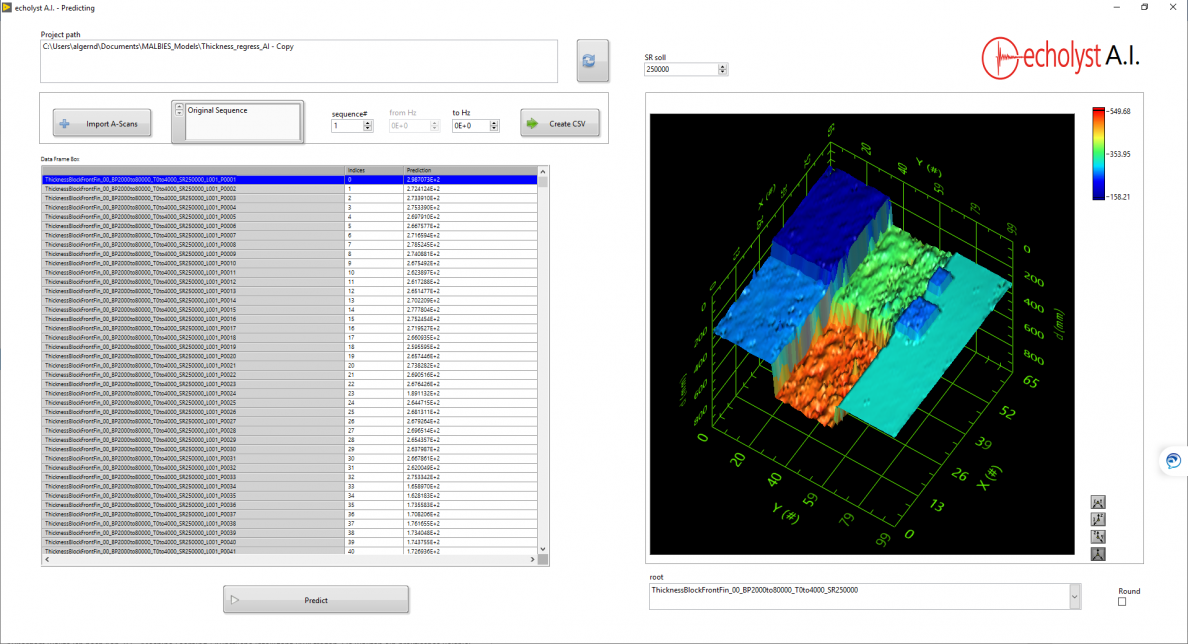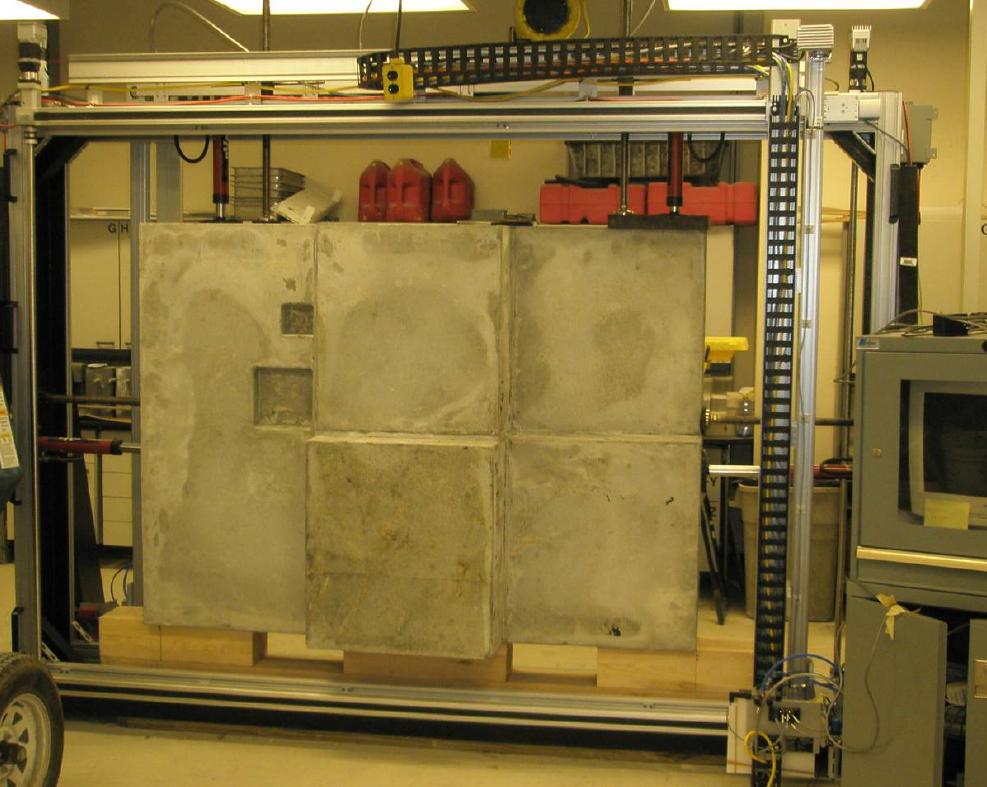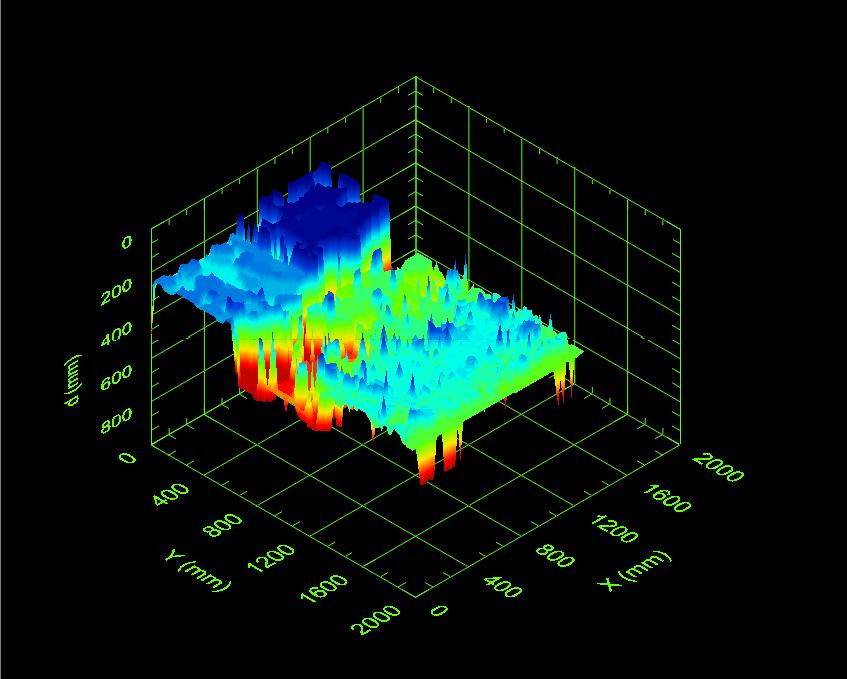Artificial Intelligence (AI)
The advancing development of Artificial Intelligence (AI) as a key technology and its availability in the form of libraries for programmers offers considerable potential for NDT. The intelligent extraction of the tracked information content from measurement data represents a decisive key to the solution of test tasks. High-performance algorithms and especially the inclusion of AI for data analysis are correspondingly high. In addition to developing AI-based NDT solutions, AI is used as a method of analysis and scientific knowledge gain.
Contact

Artificial Intelligence (AI)
The advancing development of Artificial Intelligence (AI) as a key technology and its availability in the form of libraries for programmers offers considerable potential for NDT. The intelligent extraction of the tracked information content from measurement data represents a decisive key to the solution of test tasks. High-performance algorithms and especially the inclusion of AI for data analysis are correspondingly high. In addition to developing AI-based NDT solutions, AI is used as a method of analysis and scientific knowledge gain.
A software tool for the design of AI solutions is provided as Echolyst A.I. This is a deep learning module linked to the Echolyst software. The development was aimed at providing a practical tool that enables user-friendly use of deep learning.
The application of deep learning in a regression task is described here as an example. The classic application of the impact echo method for thickness measurement should be mentioned for this. The limitations of the method with regard to the influence of edge effects on compact component geometries can be clearly seen in the example. These are measurements that were carried out at the Florida Department of Transportation on a test body with dimensions of 2.10 mx 1.50 m and areas of different thicknesses. While the classic evaluation only on the basis of the dominant frequency proves to be robust with extensive plate-like components, in the present case it only leads to unsatisfactory results due to the strong edge effects.
Neural networks are able to use the entire content of data sets and to generate powerful empirical models. In the present case it is shown that a model can be generated which has a significantly higher accuracy than the classic evaluation. In the illustration as a learning curve, the mean error (mean absolute error) achieved over the course of the learning epochs is shown in mm.

The resulting image determined by the generated model clearly shows the different fields of the test body. This should be understood as a demonstration only.



